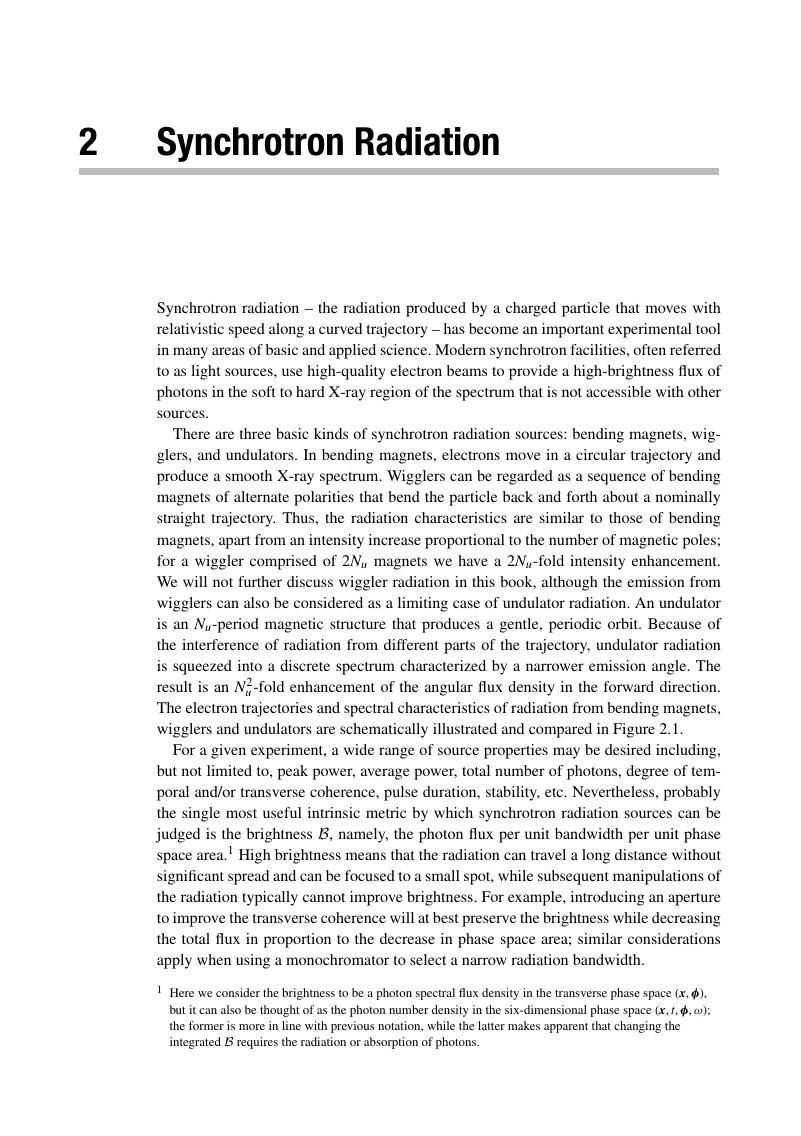Book contents
- Frontmatter
- Contents
- Preface
- Conventions and Notation
- 1 Preliminary Concepts
- 2 Synchrotron Radiation
- 3 Basic FEL Physics
- 4 1D FEL Analysis
- 5 3D FEL Analysis
- 6 Harmonic Generation in High-Gain FELs
- 7 FEL Oscillators and Coherent Hard X-Rays
- 8 Practical Considerations and Experimental Results for High-Gain FELs
- Appendix A Hamilton's Equations of Motion on Phase Space
- Appendix B Simulation Methods for FELs
- Appendix C Quantum Considerations for the FEL
- Appendix D Transverse Gradient Undulators
- Further Reading
- Index
- References
2 - Synchrotron Radiation
Published online by Cambridge University Press: 06 April 2017
- Frontmatter
- Contents
- Preface
- Conventions and Notation
- 1 Preliminary Concepts
- 2 Synchrotron Radiation
- 3 Basic FEL Physics
- 4 1D FEL Analysis
- 5 3D FEL Analysis
- 6 Harmonic Generation in High-Gain FELs
- 7 FEL Oscillators and Coherent Hard X-Rays
- 8 Practical Considerations and Experimental Results for High-Gain FELs
- Appendix A Hamilton's Equations of Motion on Phase Space
- Appendix B Simulation Methods for FELs
- Appendix C Quantum Considerations for the FEL
- Appendix D Transverse Gradient Undulators
- Further Reading
- Index
- References
Summary

- Type
- Chapter
- Information
- Synchrotron Radiation and Free-Electron LasersPrinciples of Coherent X-Ray Generation, pp. 33 - 73Publisher: Cambridge University PressPrint publication year: 2017



